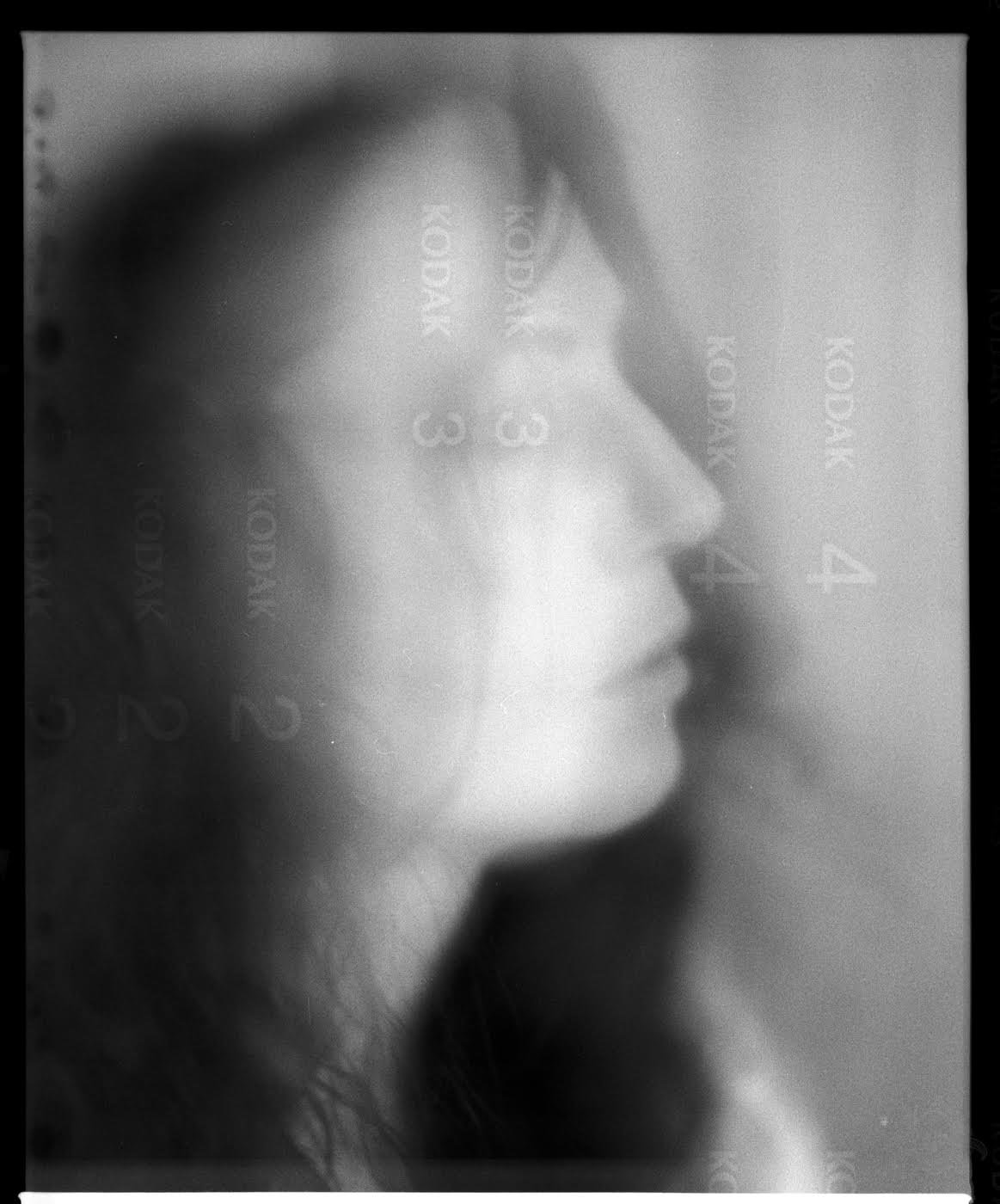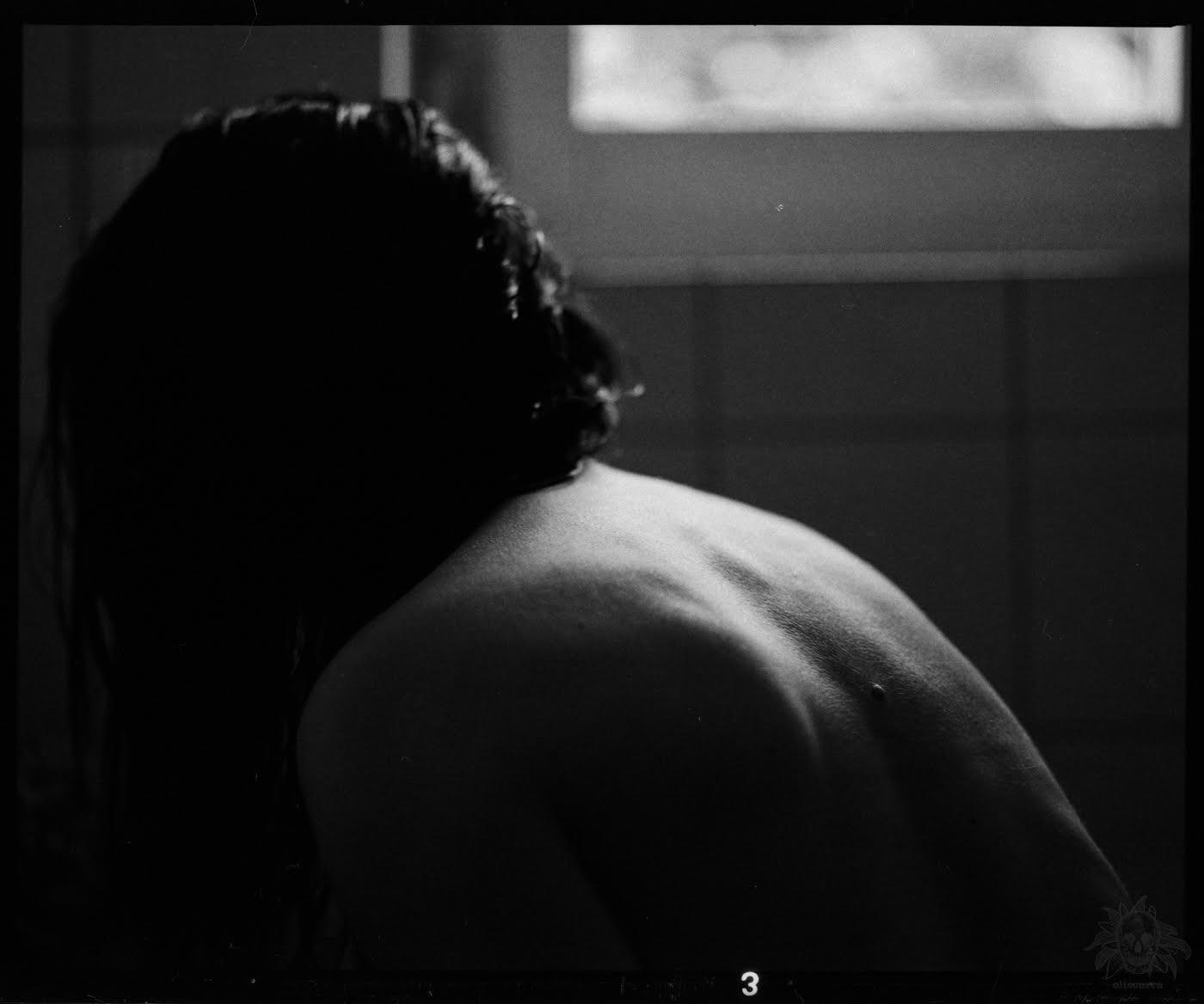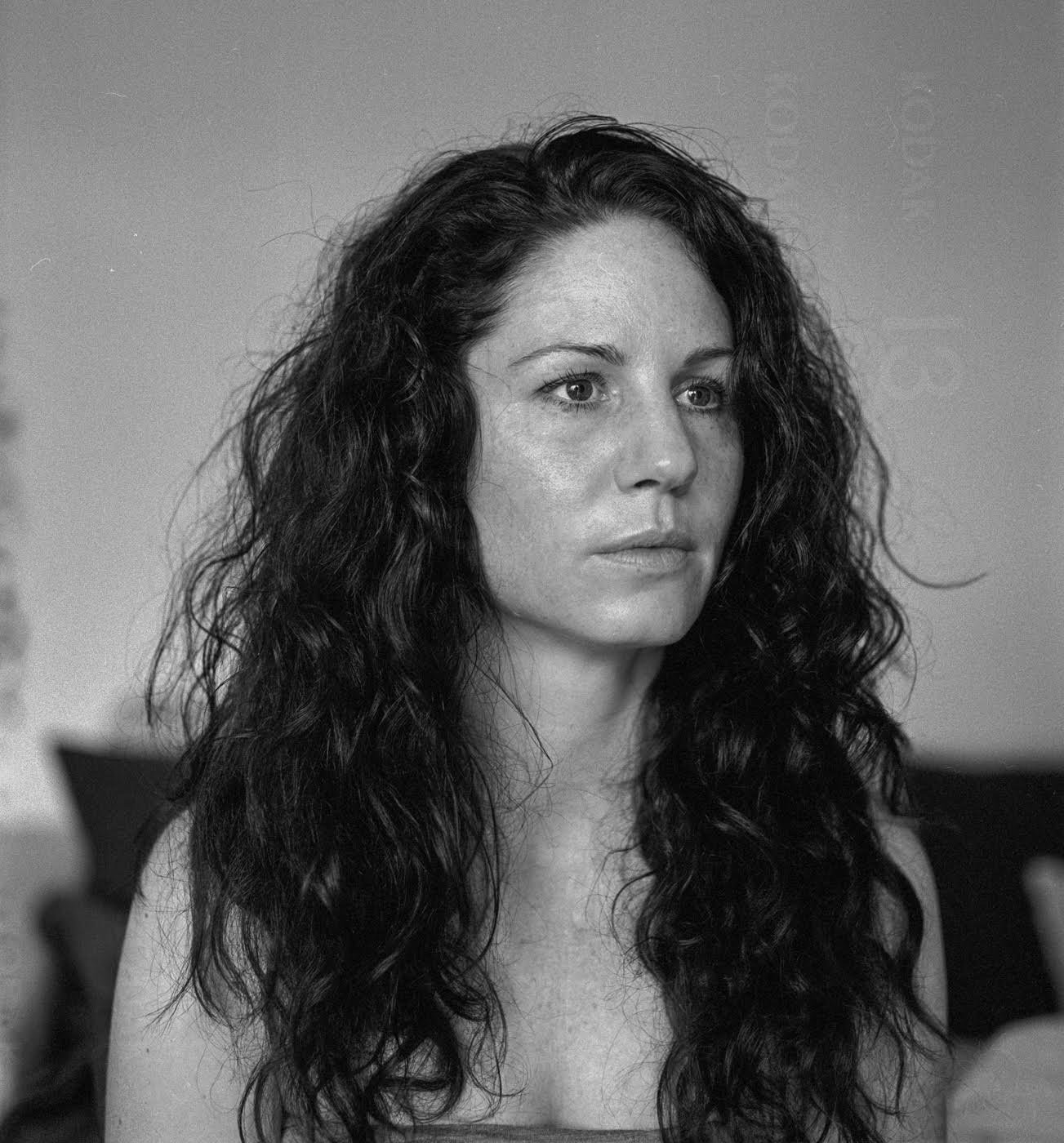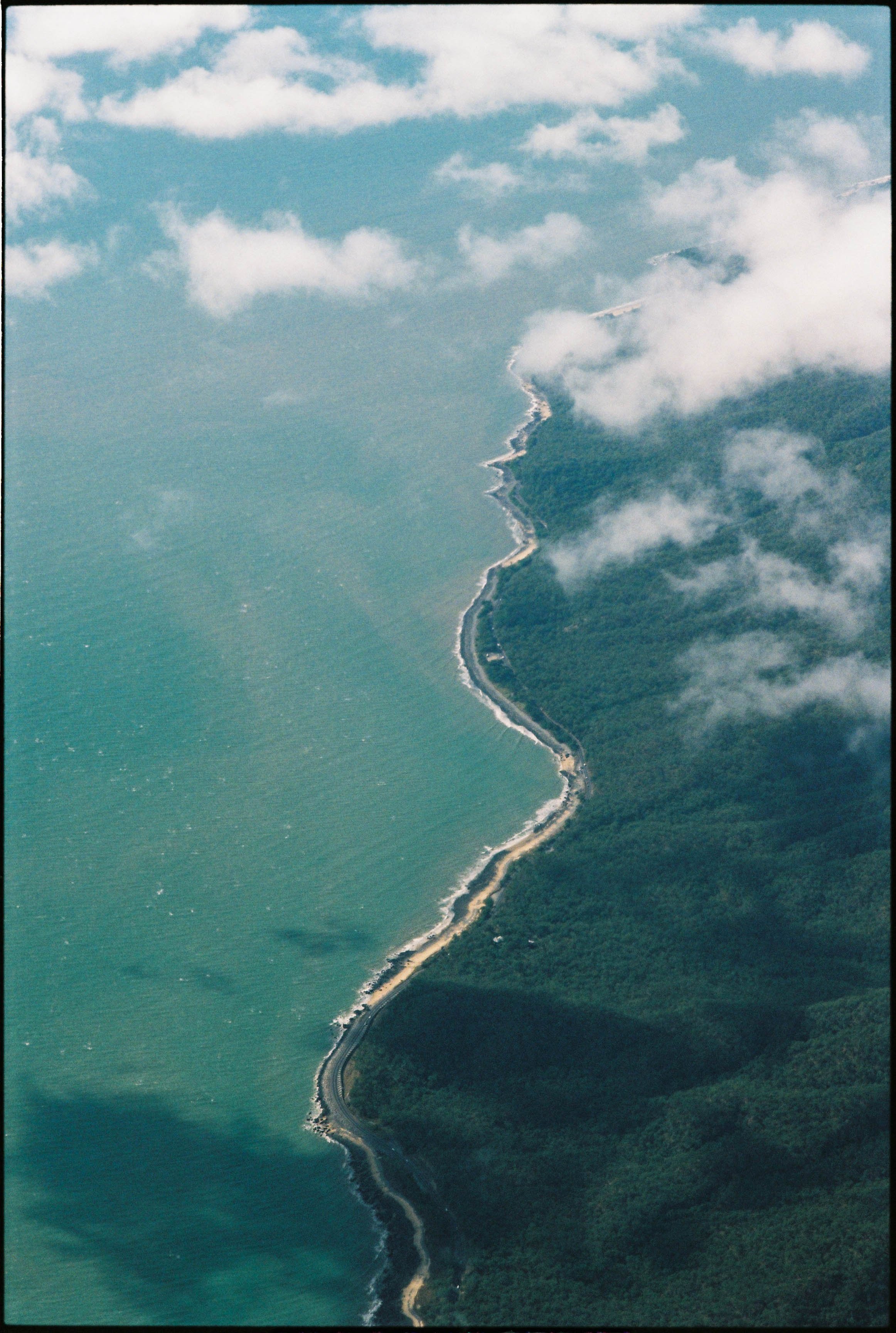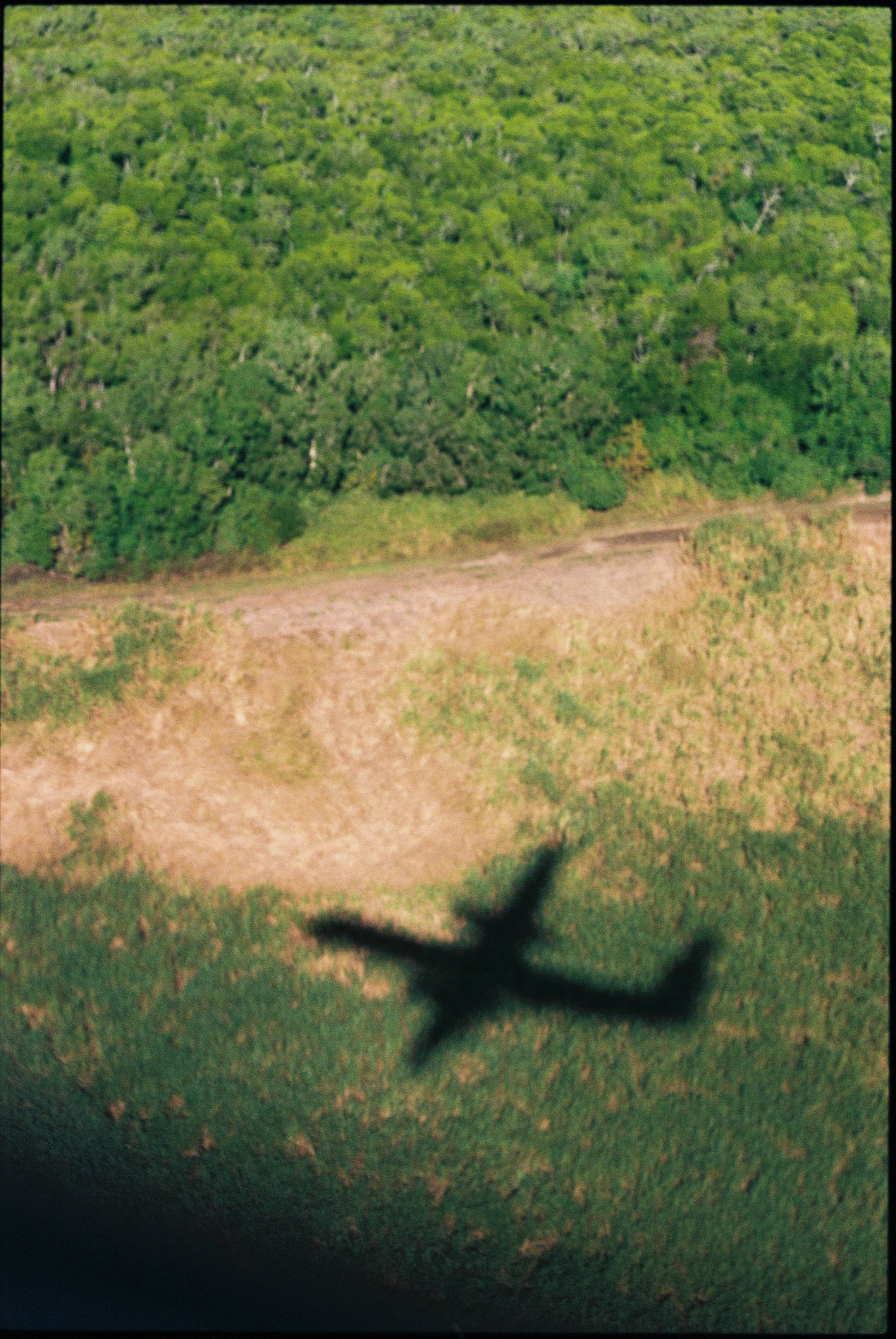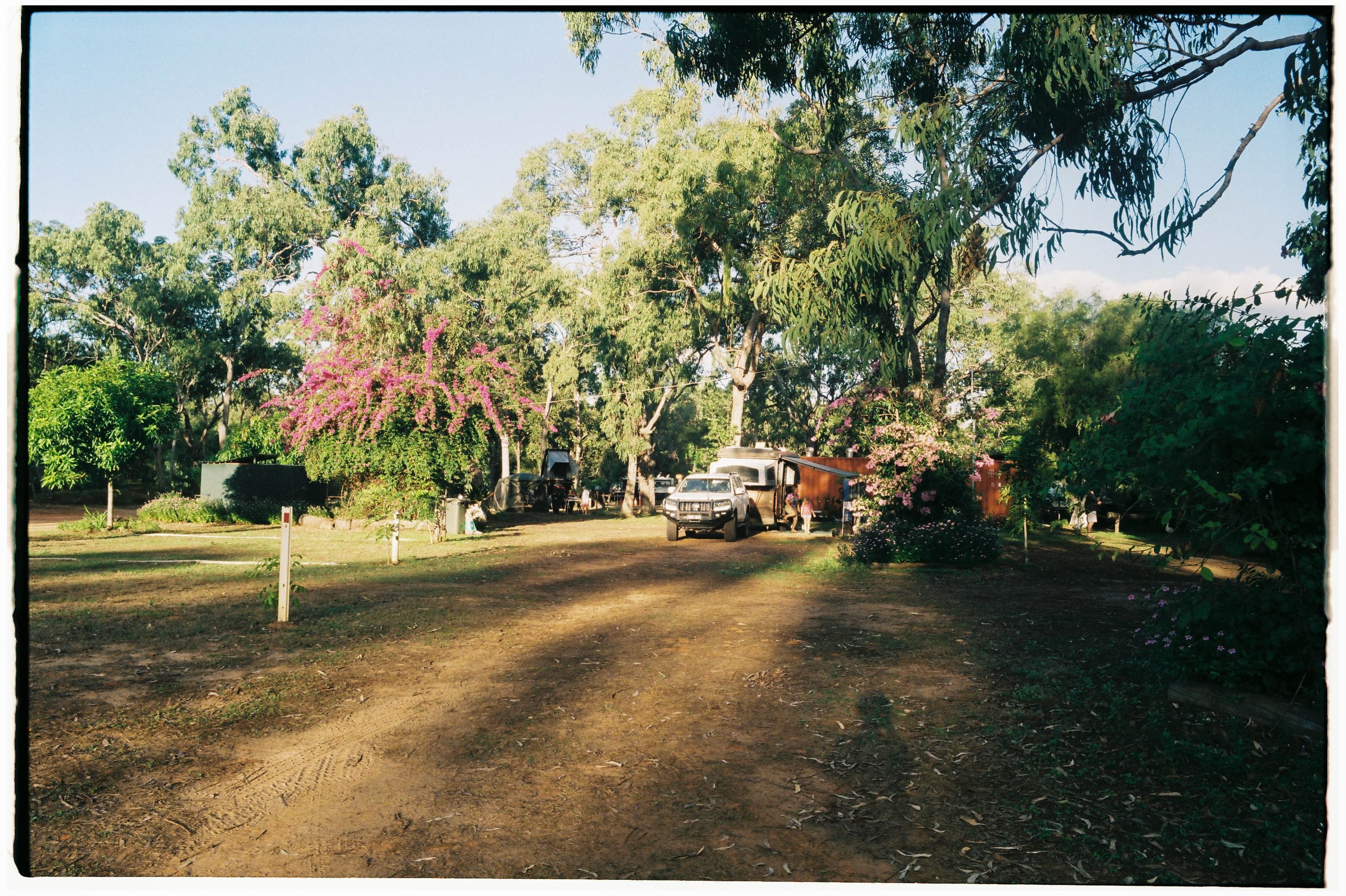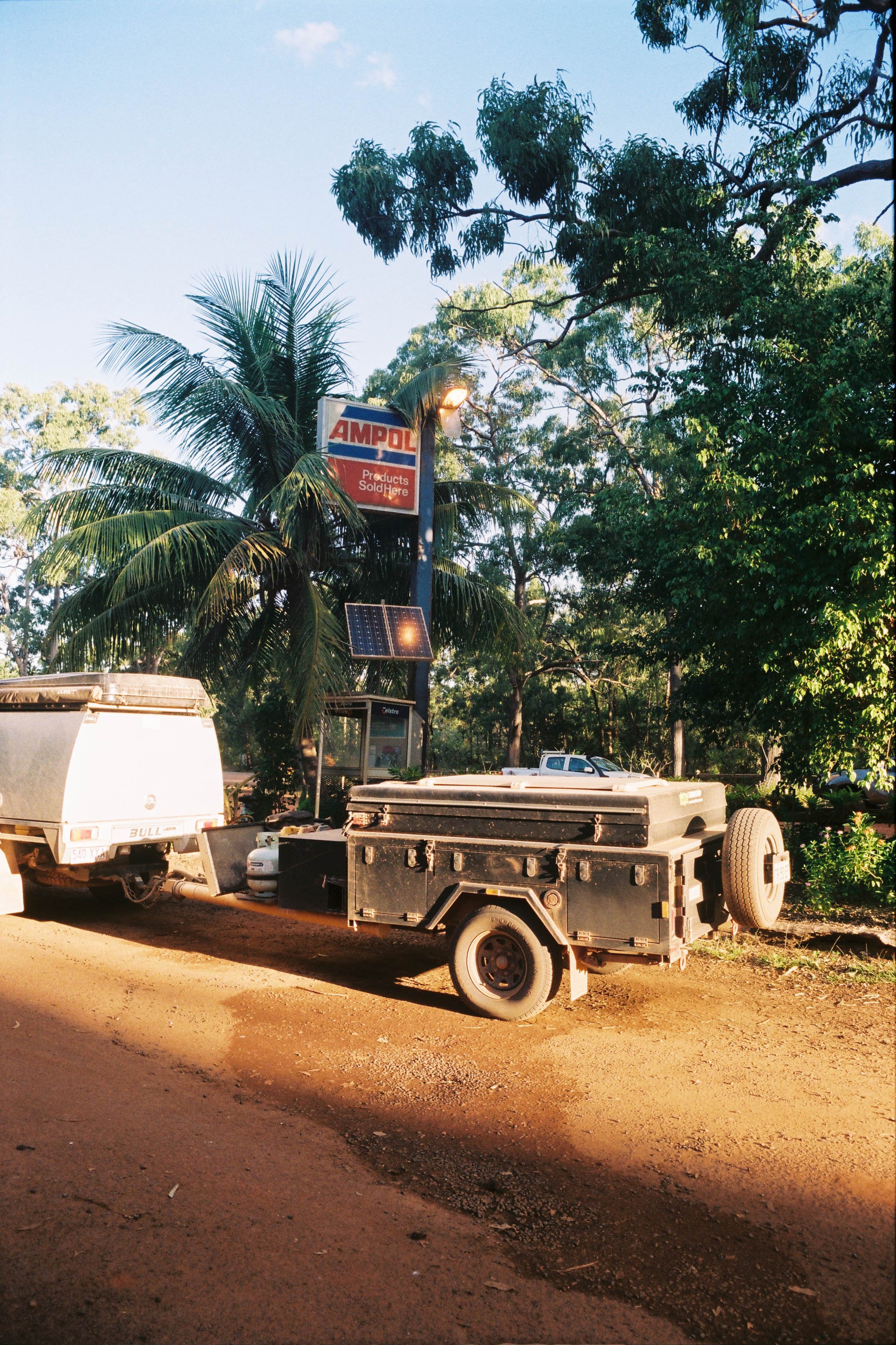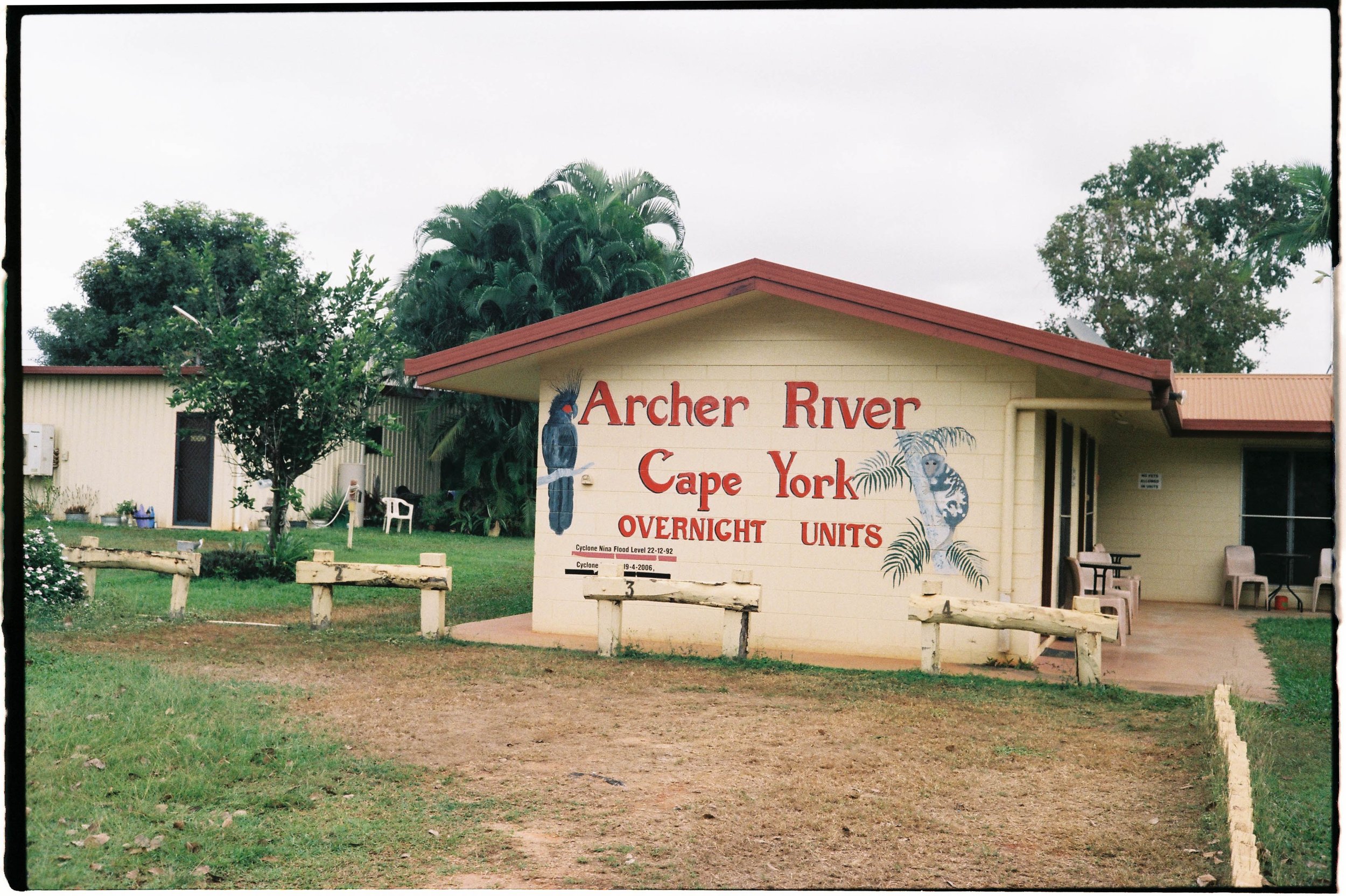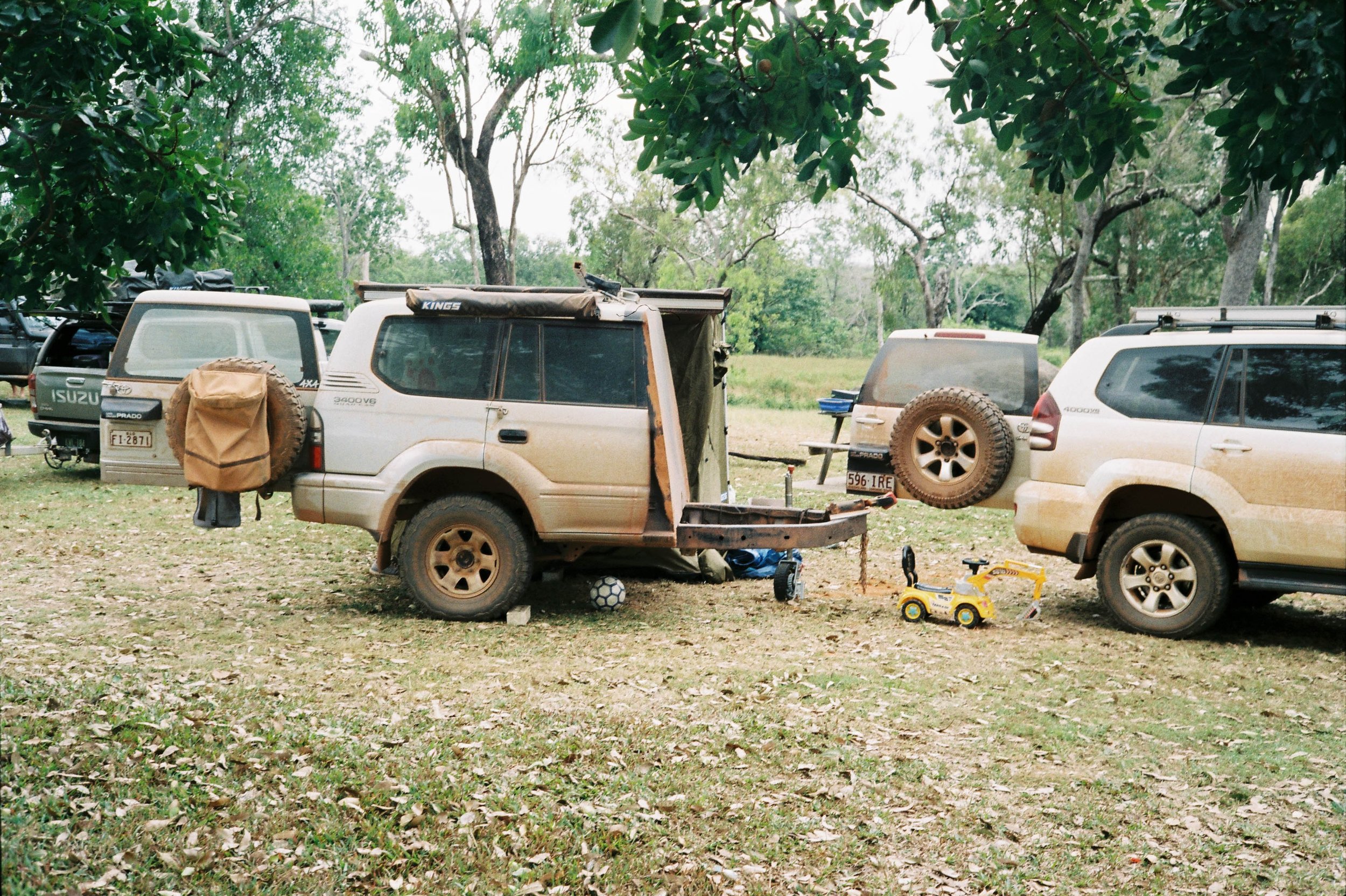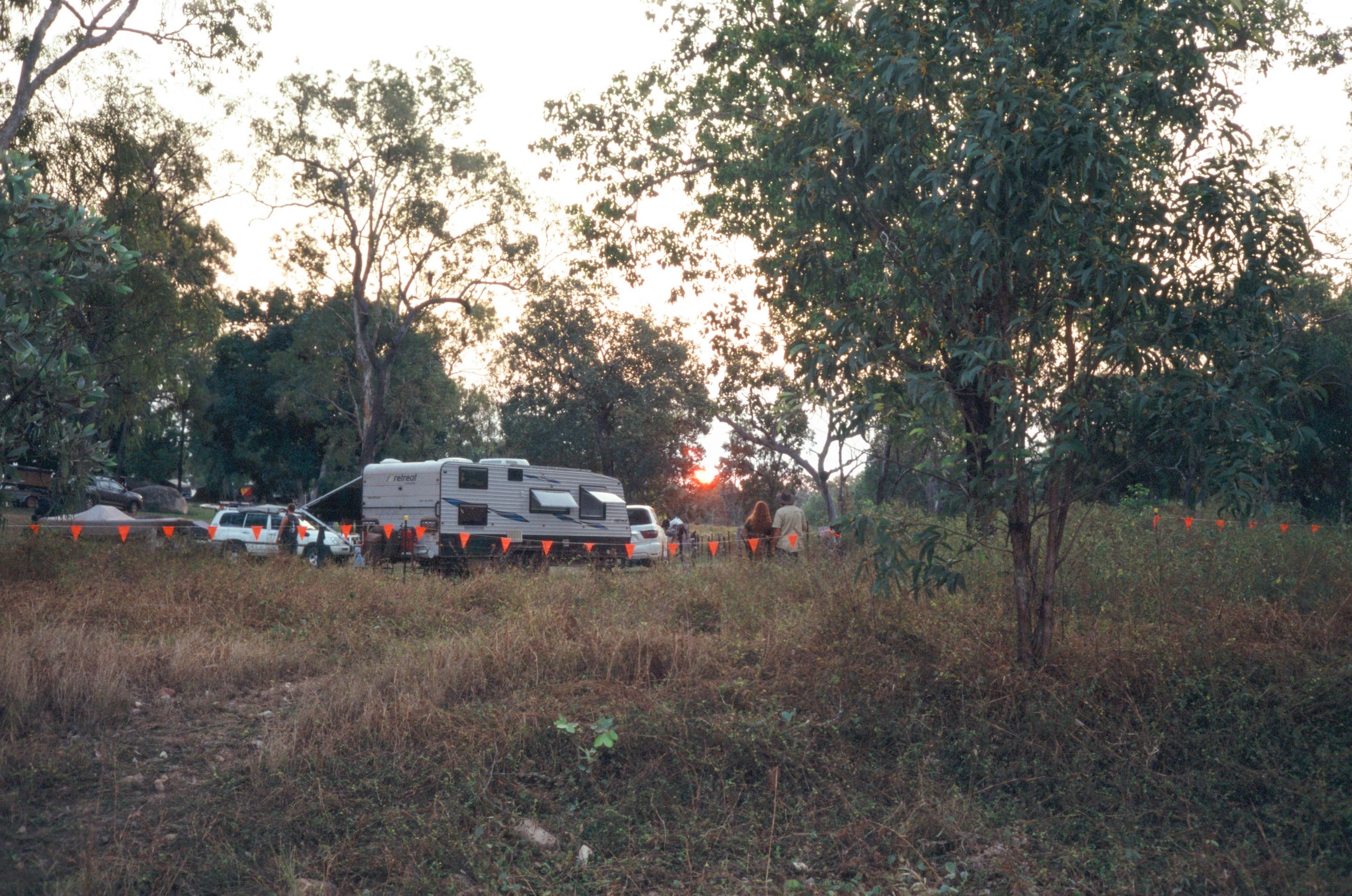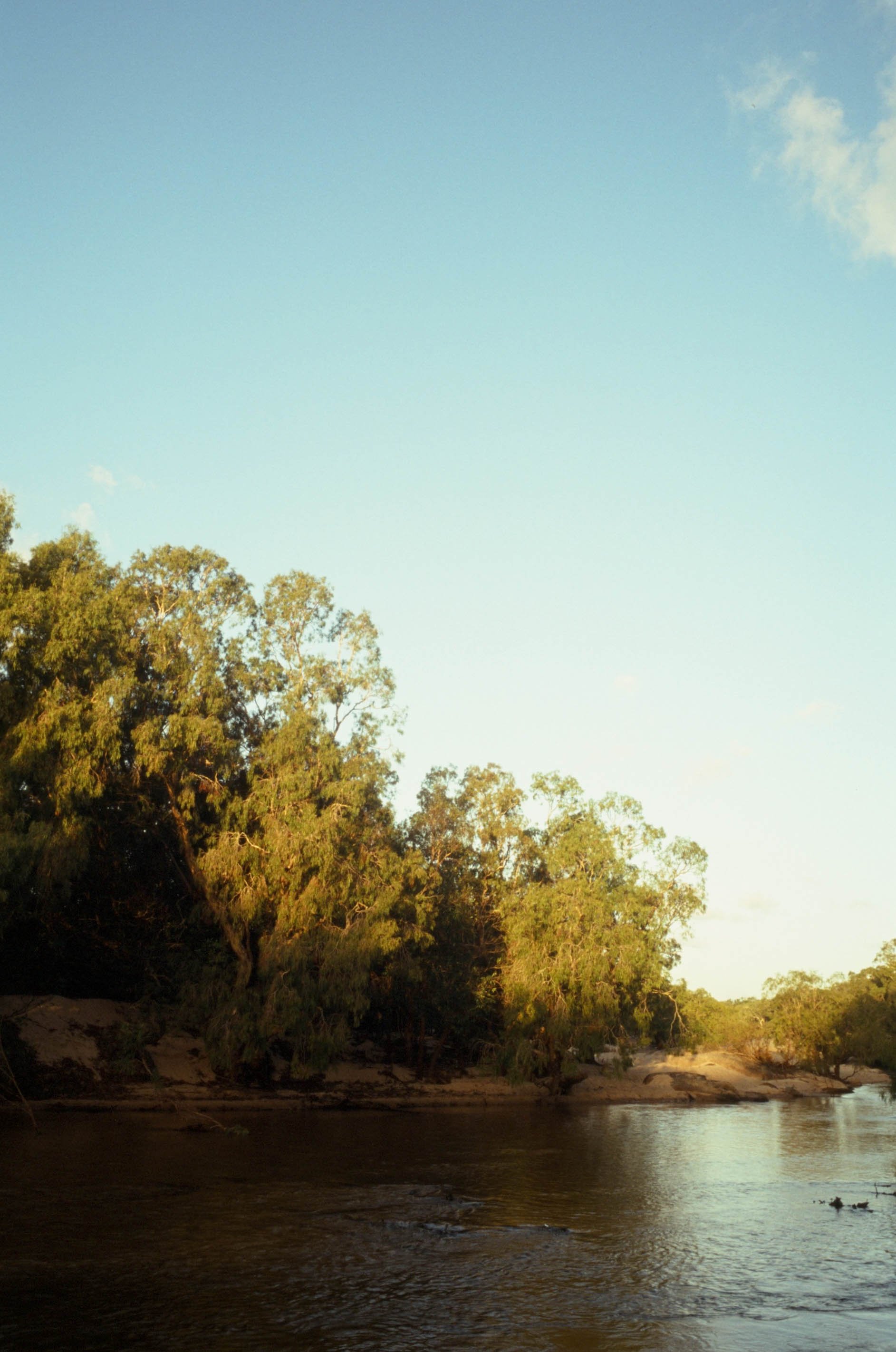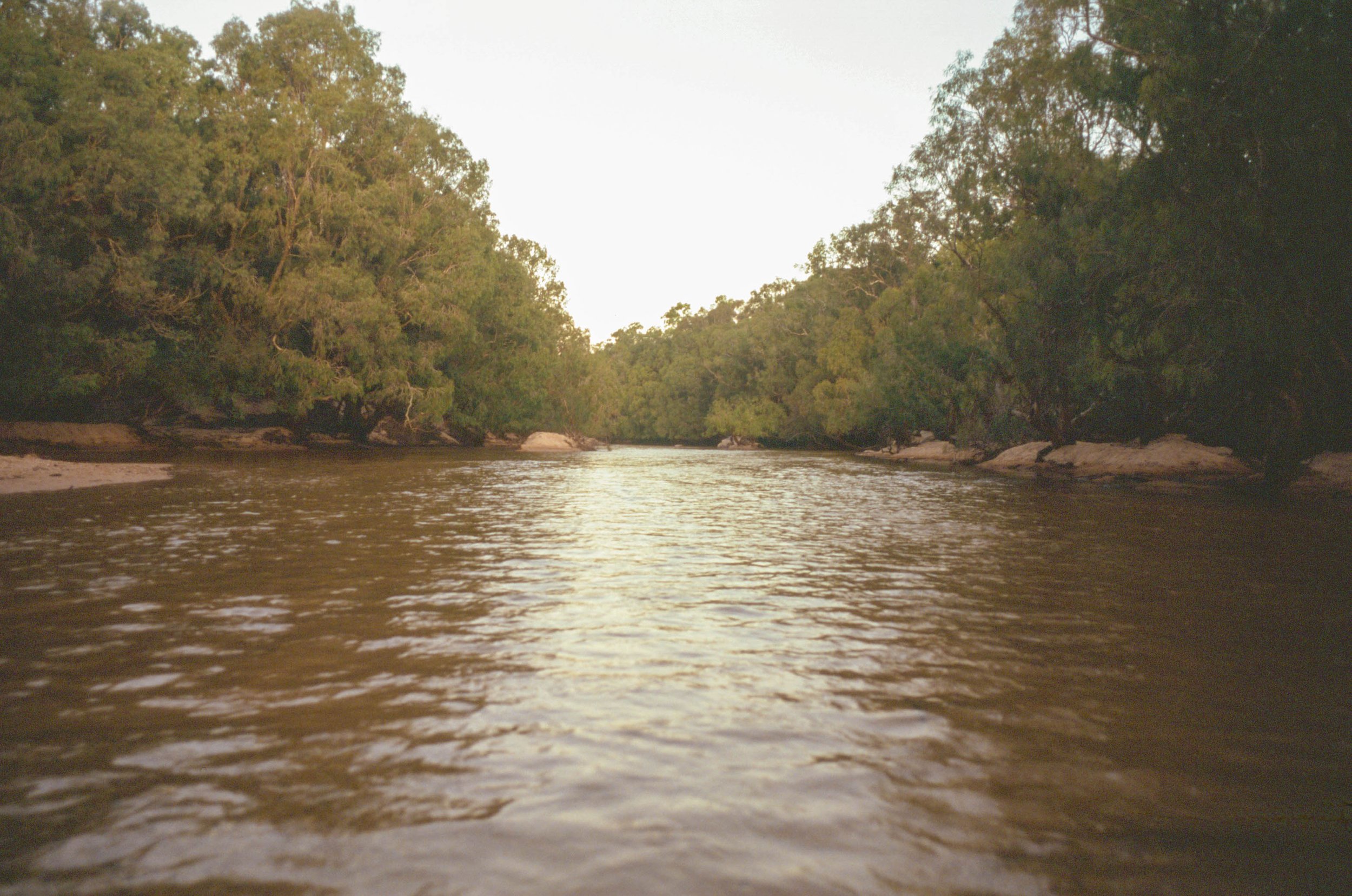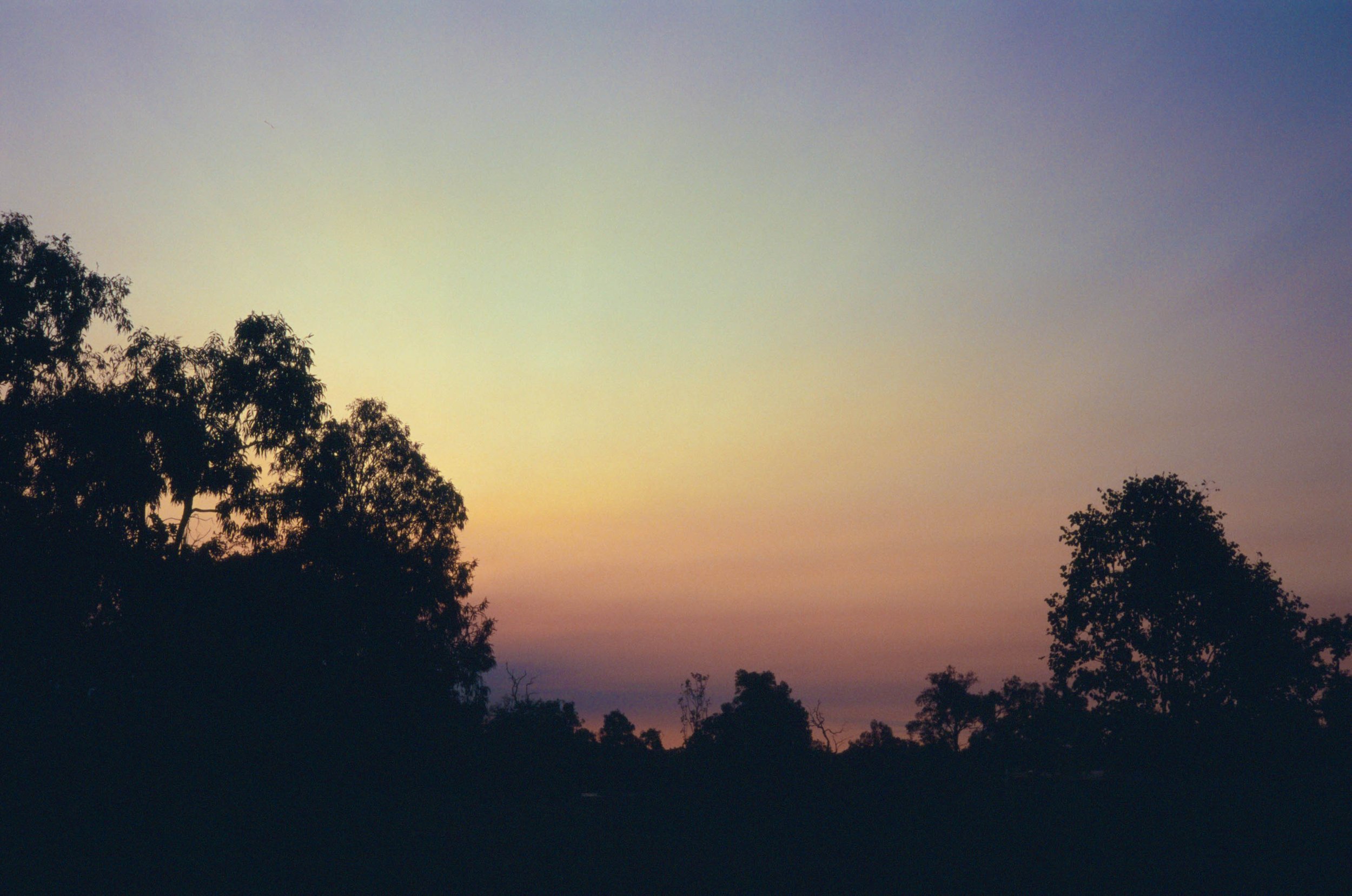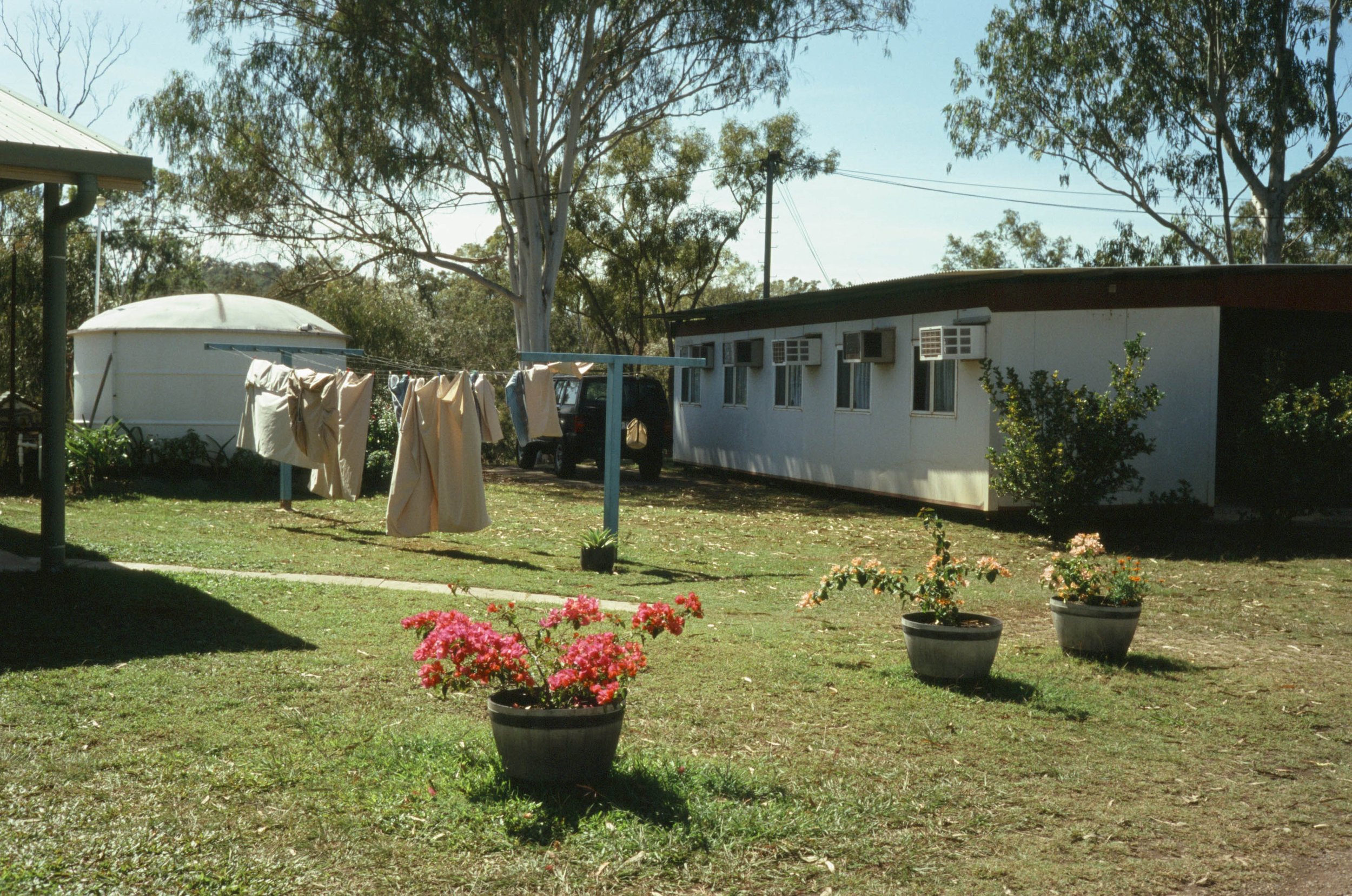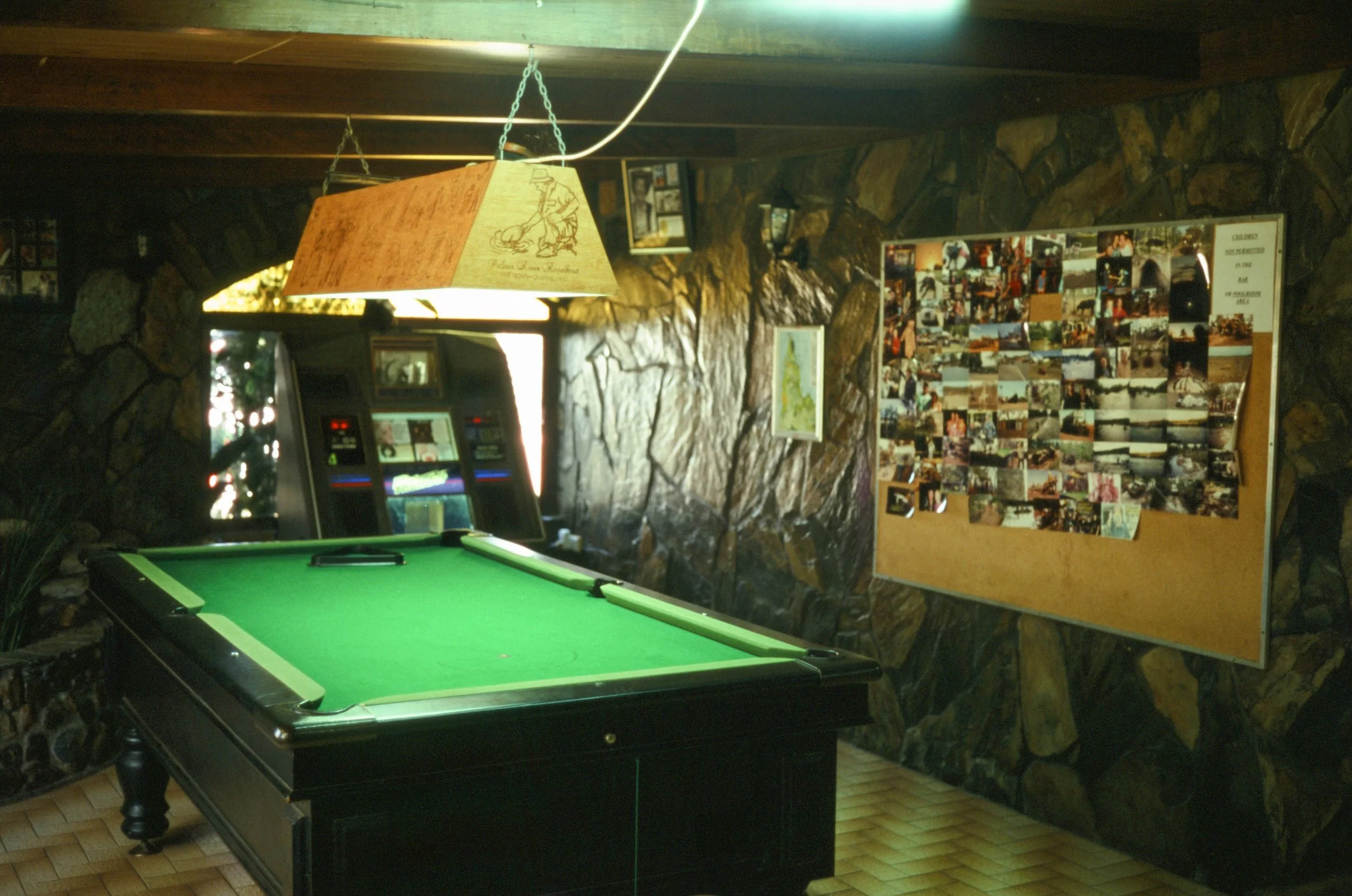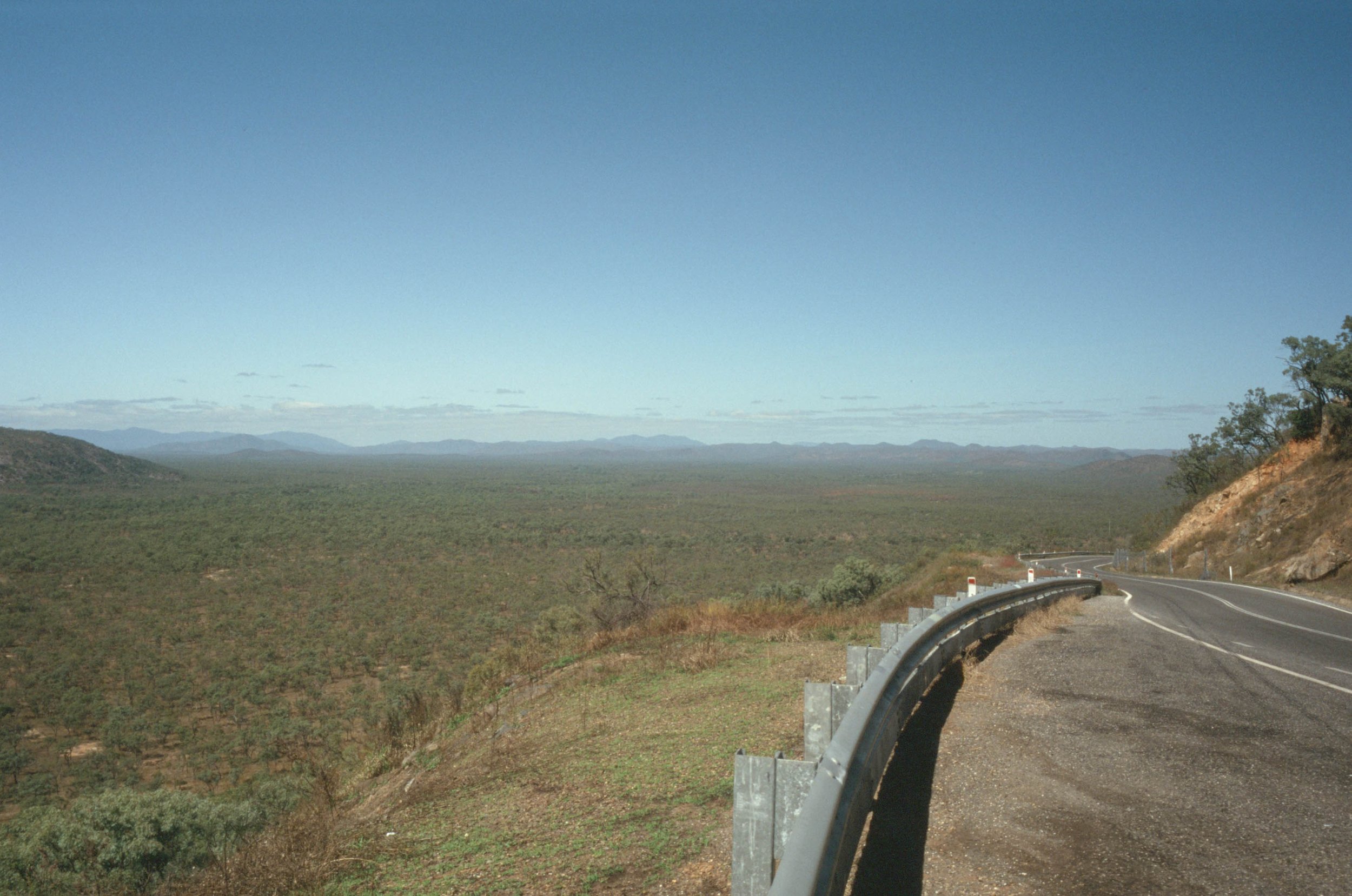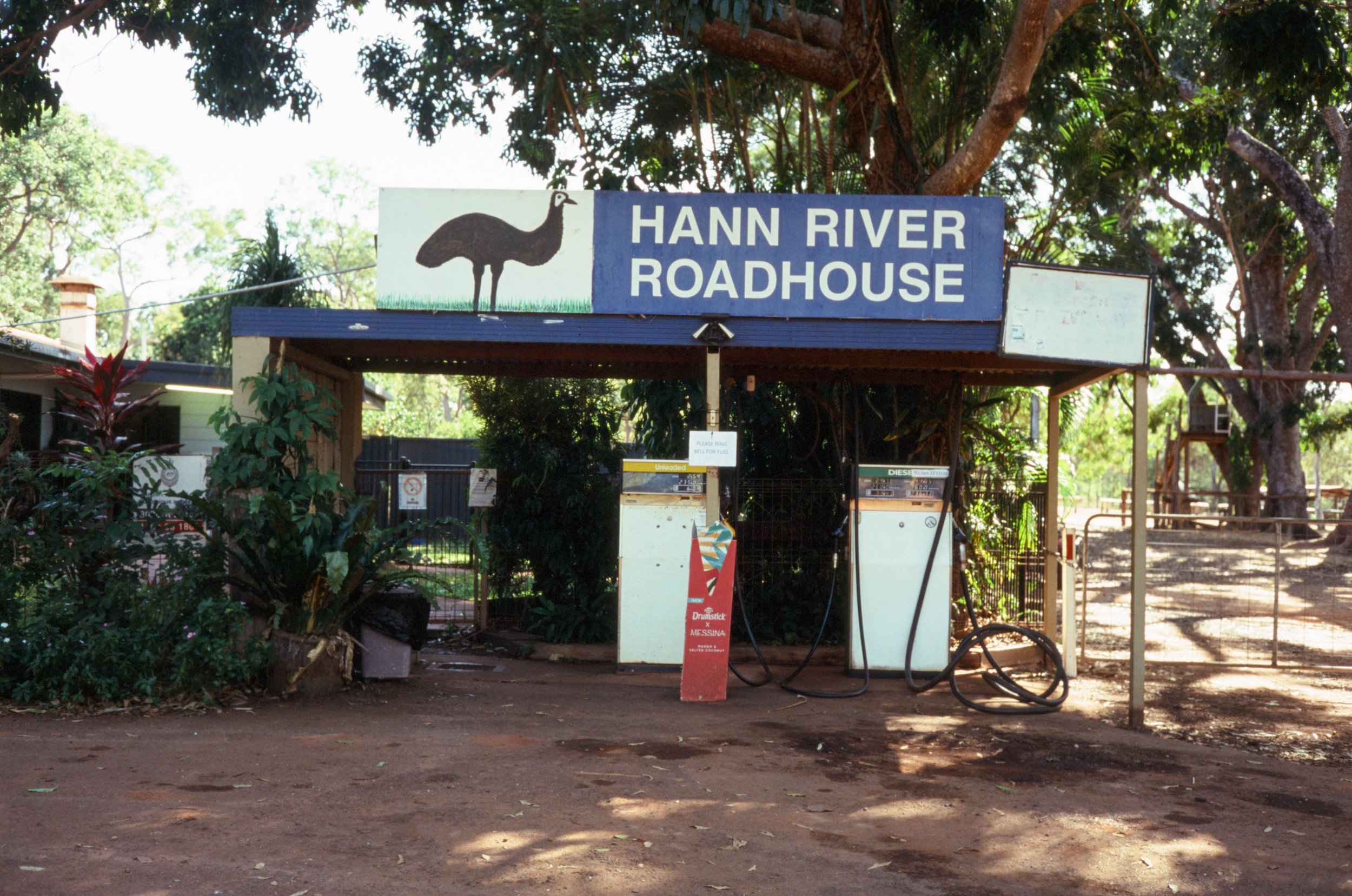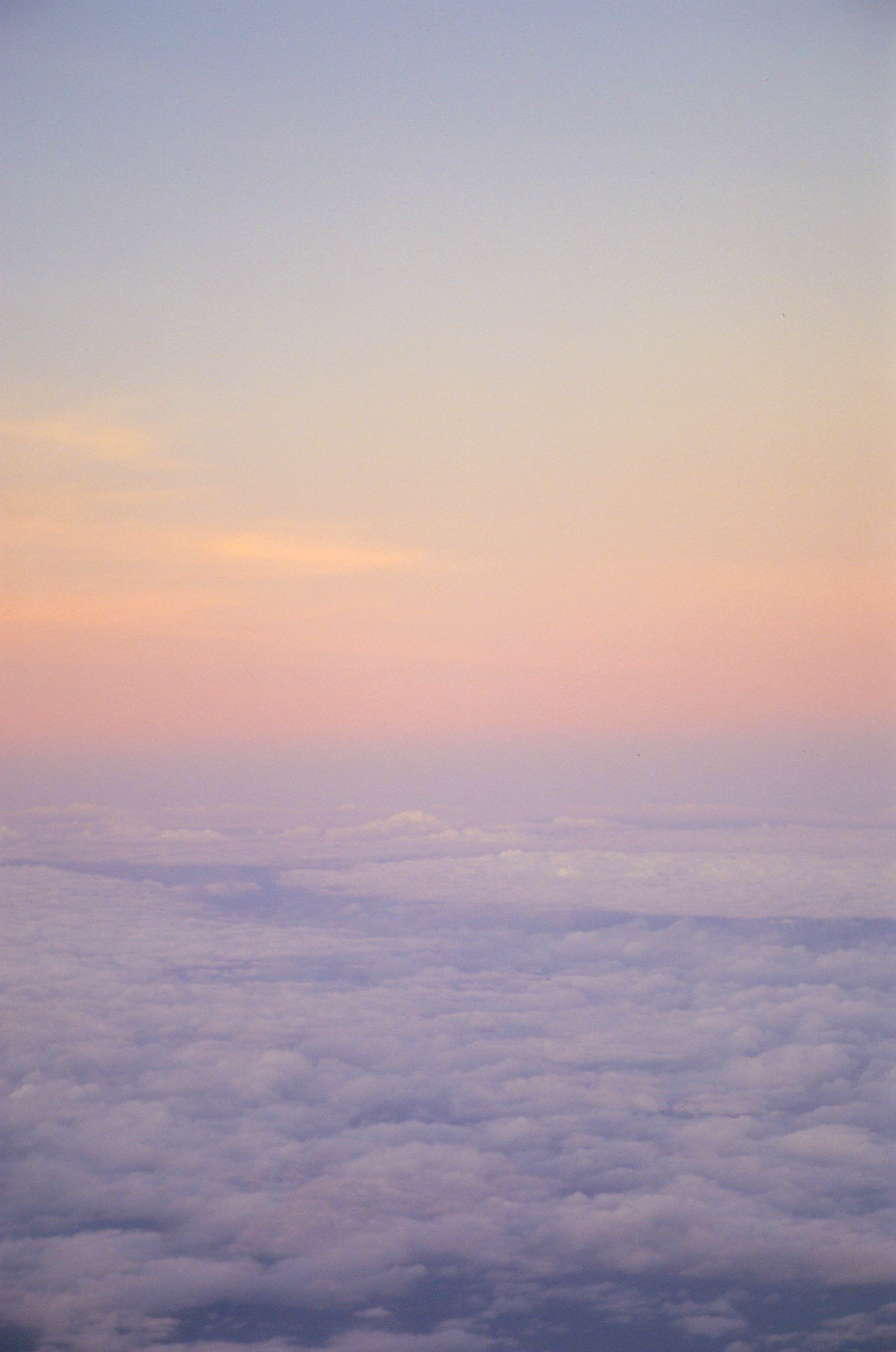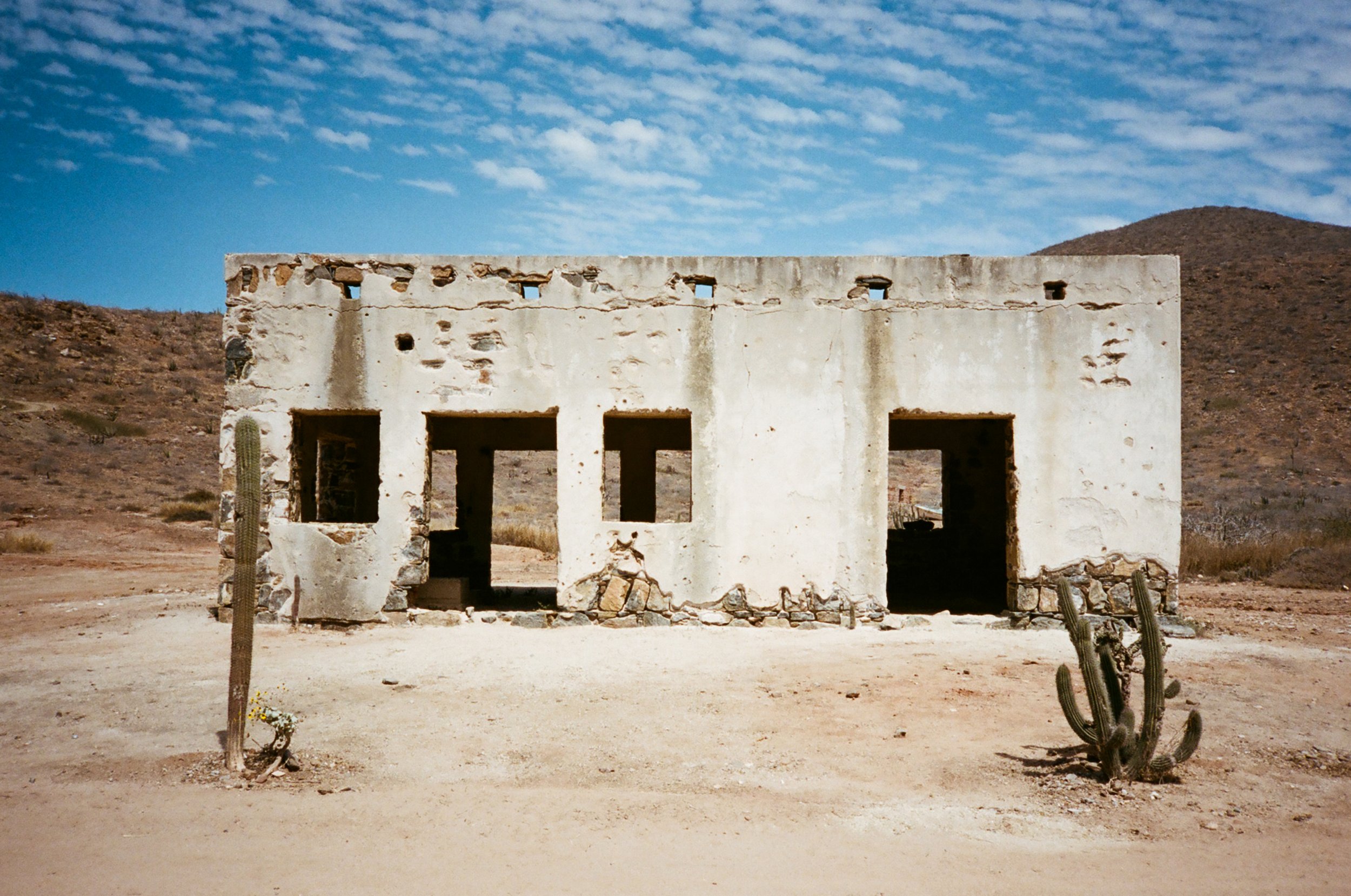The thing about film photography is that it bares reality in its rawest, most uncontrollable form. It soaks up 'life moments' like a parched earth in the aftermath of a storm. There's a primitive quality, untamed and genuine, stripped of the glare of digital perfection.
But if it's really all that, why does it feel like it's been lying on its deathbed for nearly two decades? Why did the digital image drown the analog?
Is it the immediacy? The ability to seize a moment in time and examine it right there and then.
Is it the certainty found in each pixel of an image. The very pixels you're staring at right now?
Does it matter that "digitality" doesn't replicate the thrill of shooting blindly, not chimping, not knowing... did you nail it? Did you shoot what your mind's eye saw? Did she blink or did I catch that sparkle in her eye? You're left in the dark, at least for a while.
There's a magic there. In the faulty batch of Kodak. In the misfired shot of Velvia. In the uncertainty & suspense. In the anticipation of having your exposure, expose itself to you. Something digital precision misses and almost ironcially is painstakingly doctored back into it pristine perfection.
Why all the hassle? Why not just shoot film?
It can't just be a fear of imperfection. I don't think.
Yet, often it seems we, humans, are drawn to normalization and generalization.
And while this paves the path for progress, it is in the beautiful chaos of imperfection, the uncertainty of a captured moment, that one of the souls of photography truly lives in.
Whether you shoot digital or film... it pays to remember, the beauty of the world, much like the charm of film, is not in perfection, but in the unique quirks that make each frame, each moment, irreplaceable.
Because more often than not, it is in the world's irregularities where beauty is aplenty to be found.








